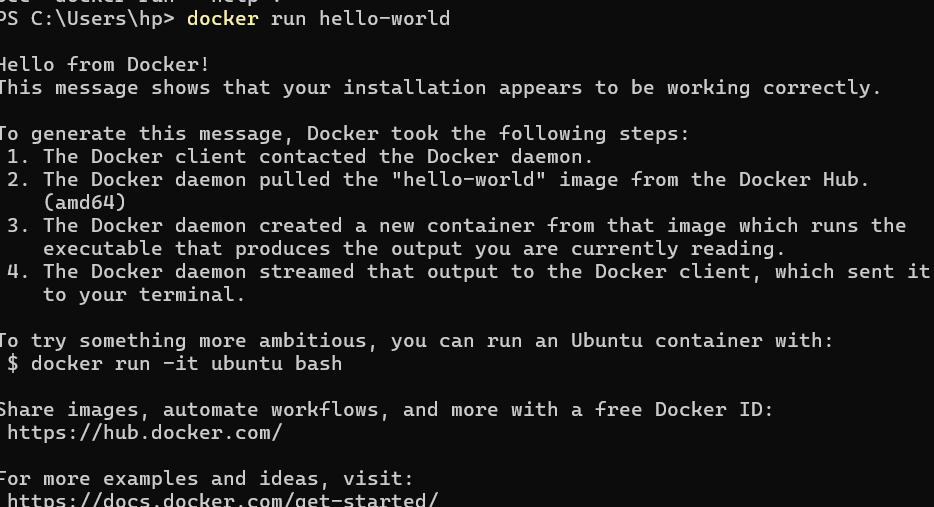🚀 My Docker & DevOps Learning Journey Begins! 🚀
 Mohd Salman
Mohd Salman
Understanding Docker Images vs. Containers and Running My First Command 🚀
Today, I continued my Docker and DevOps journey by diving into one of the fundamental concepts in Docker: Images vs. Containers. I also ran my very first Docker command and learned how it works in practice. Here's a breakdown of what I learned today!
🧠 What I Learned Today
Docker Images
A Docker image is essentially a blueprint for a container. It bundles your application’s source code and all of its dependencies into a self-contained package. Think of it as a snapshot of everything your application needs to run, including the OS, libraries, environment variables, etc. Once an image is created, it can be used over and over again to spin up containers. It is static and doesn’t change after creation.
Docker Containers
A Docker container, on the other hand, is the running instance of an image. Once you create an image, you can start as many containers as you need from it. Containers are isolated environments where your applications run, making them highly portable and reliable across different platforms. Containers can be created multiple times for reasons such as autoscaling or running different tasks on the same application.
🛠 Putting it into Practice: Running My First Docker Command
To put my knowledge into action, I ran my first Docker command:
“docker run hello-world”
Here’s what happens with this command:
Docker pulls the hello-world image from Docker Hub (if it’s not already available locally).
It creates a container based on this image.
The container runs a simple program that prints "Hello from Docker!" and other information to verify that Docker is working correctly.
Running this simple command helped me understand how Docker works in practice and got me excited to explore more complex operations!
🔥 Takeaway
Docker Images serve as the foundation for containers, and containers bring those images to life by running the applications inside them. Running my first Docker command helped solidify these concepts, and I’m eager to continue building on this knowledge.
What's Next?
I’ll be sharing more about Docker commands, deeper container management, and DevOps practices in future updates. Stay tuned as I continue this exciting journey!
🔗 Follow My Docker & DevOps Journey!
I’ll be learning and posting daily updates, sharing challenges, solutions, and practical examples along the way. You can follow my progress using the hashtag: #SalmanDockerDevOpsJourney.
Subscribe to my newsletter
Read articles from Mohd Salman directly inside your inbox. Subscribe to the newsletter, and don't miss out.
Written by
